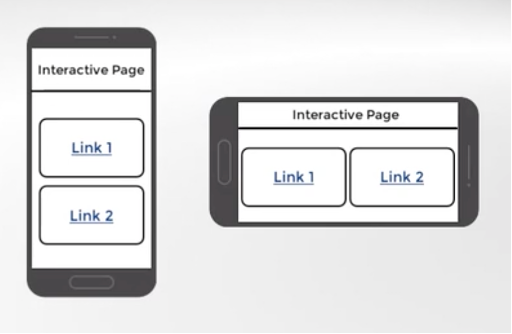Orientation
 Certified Article
Certified Article
The content of this article is certified for accuracy by the Digital Accessibility Centre.
Requirements
- Ensure that content displays in the orientation (portrait or landscape) preferred by the user (Unless essential to display in a particular orientation)

Full Explanation
1.3.4 Orientation (Level AA) (WCAG 2.2 requirement)
Content does not restrict its view and operation to a single display orientation, such as portrait or landscape, unless a specific display orientation is essential.
This criterion is essential in the context of mobile/ tablet sites to ensure that they do not expect/ limit their use to any particular orientation, as certain users may have their device statically mounted in a fixed direction and cannot easily change this aspect of their device.
Some websites and applications automatically set and restrict the screen to a particular display orientation and expect users to respond by rotating their device to match, which can create problems. Some users have their devices mounted in a fixed direction (e.g., on the arm of a power wheelchair). Therefore, websites and applications must support both orientations by not restricting the orientation. This criterion does not cover changes in content or functionality caused by the display size, as it focuses on restrictions imposed by orientation.
Orientation was posted on 29/06/2023 @ 15:53
